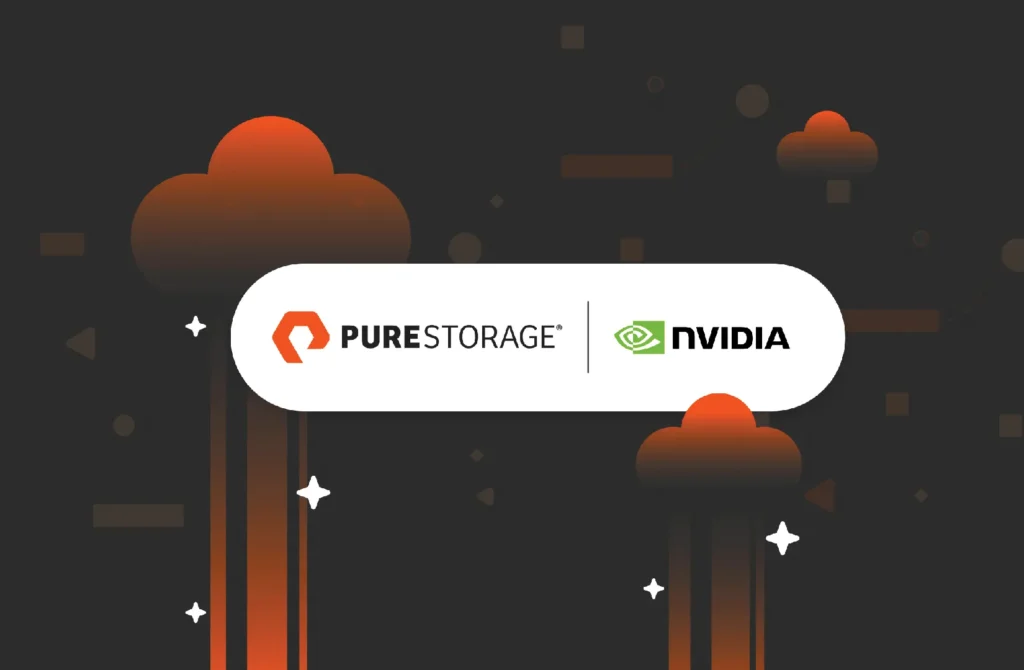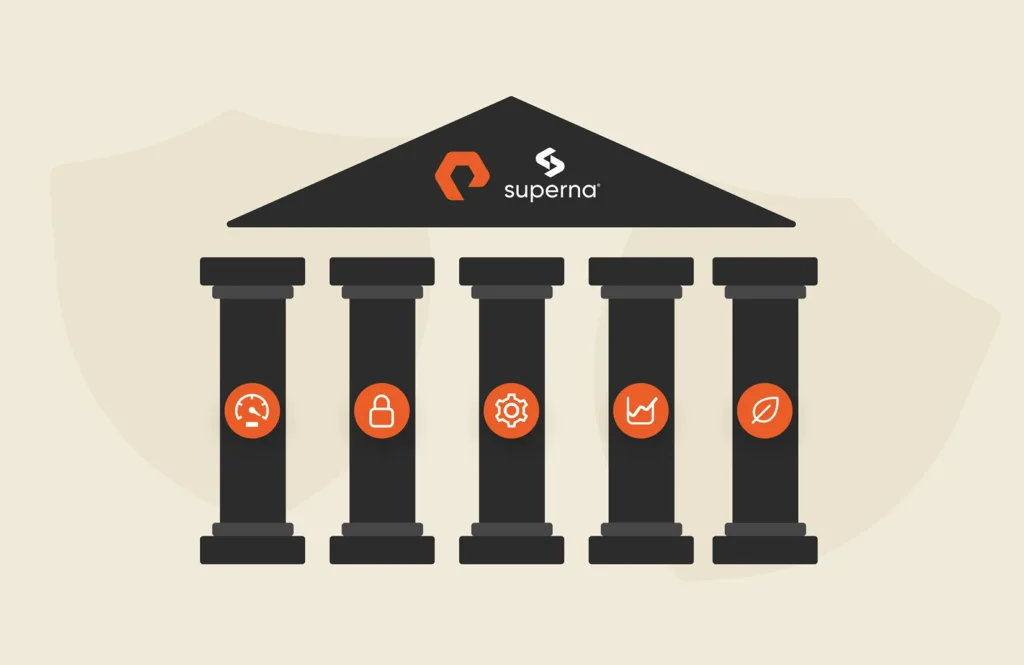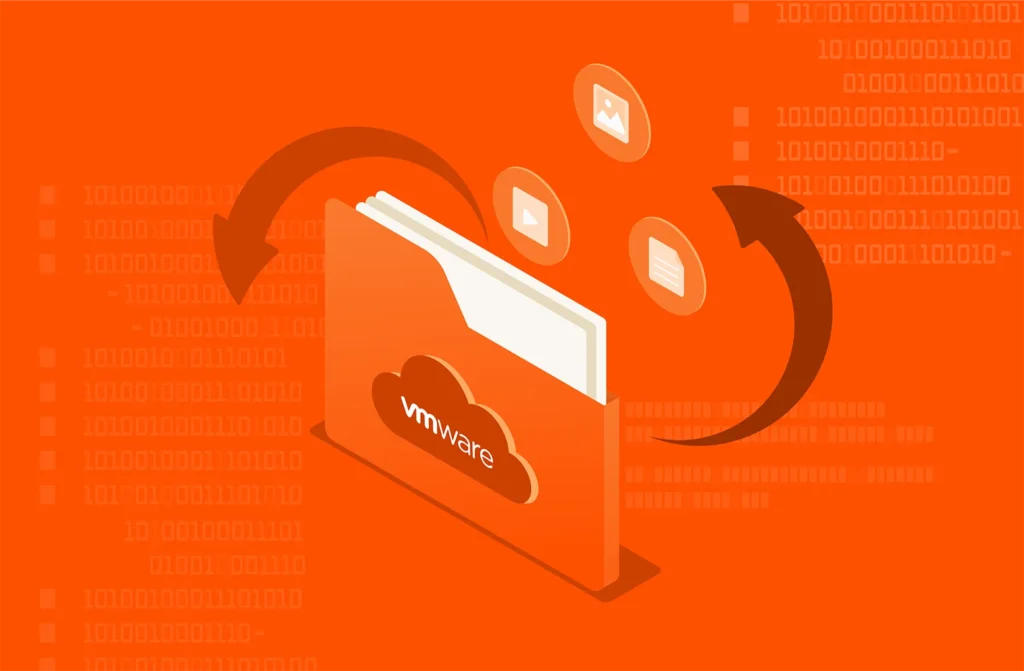
This article on analytics initially appeared on Kirk Borne’s LinkedIn. It has been republished with the author’s credit and consent.
Data is more than just another digital asset of the modern enterprise. It is an essential asset and a fundamental feature of any successful organization. Beyond the early days of data collection, where data was acquired primarily to measure what had happened (descriptive) or why something is happening (diagnostic), data collection now drives predictive models (forecasting the future) and prescriptive models (optimizing for “a better future”). Business leaders need more than backward-looking reports, though those are still required for some stakeholders and regulators. Leaders now require forward-looking insights for competitive market advantage and advancement.
Moving at the Speed of Data
So, what happens when the data flows are not quarterly, or monthly, or even daily, but streaming in real time? The business challenges then become manifold: Talent and technologies now must be harnessed, choreographed, and synchronized to keep up with the data flows that carry and encode essential insights flowing through business processes at light speed. Insights discovery (powered by analytics, data science, and machine learning) drives next-best decisions, next-best actions, and business process automation.
In the early days of the current data analytics revolution, one would often hear business owners say that they need their data to move at the speed of business. Well, it soon became clear that the real problem was the reverse: How can we have our business move at the speed of our data? Fortunately, countless innovative products and services in the data analytics world have helped organizations in that regard, through an explosion in innovation around data analytics, data science, data storytelling, data-driven decision support, talent development, automation, and AI (including the technologies associated with machine learning, deep learning, generative AI, and ChatGPT).
However, we are not into clear sailing just yet in the sea of data. Having a sea of data at our disposal drives our natural curiosity to ask questions about it:
- “What is that pattern?”
- “Why is this trend changing?”
- “Where did this new feature come from?”
- “What is that anomaly?”
- “What is this pattern in the data telling me?”
- “How does this impact my next decision or action?”
- “Is this a new trend or an existing one that I have overlooked?”
- “How can I learn more about what’s going on here?”
And on it goes!
As illustrated here, you can practically see the speed of business questions accelerating across the whole enterprise. Access to data has done that. Access to faster analytics addresses that. But faster analytics (including data science and machine learning) needs faster access to more data to answer many of those questions that we just listed.
Faster Data Access Requires High-performance Storage Infrastructure
Getting critical new data into your data storage environment and accessing existing data out of storage into business applications cannot wait for the incoming and outgoing tracks to clear, much like a major metropolitan train station. When data storage bottlenecks appear, not only are the immediate users unhappy and processes stalled, but the cascading ripple effects downstream can also multiply. In trying to cope with the growth in data volumes, together with the increasing need for high-performance analytics, cloud solutions can prove costly. Conversely, an on-prem approach can be the right answer to those challenges.
Consequently, the data infrastructure of the organization comes to the forefront of the business conversation, specifically in business data analytics strategy discussions. In other words, a business leader may justifiably ask, “How can we get our data analytics to move at the speed of our business questions?”
Traditionally, one could say that the enterprise data infrastructure was the purview of the IT team and not so much for the business strategists. And that is mostly still true, but with that little twist that Mark Twain noted years ago: “History never repeats itself, but it does often rhyme.” How so? Well, we all probably started with on-prem data storage and infrastructure in our earliest data projects. I call that our “data daze”—those early days when we stared at our “big data” and wondered what we should do with all that data. Then we “discovered” cloud-based storage solutions and so we marched to that drum beat for many years. The cloud storage beat is still strong, but it is now a remix with solutions that “rhyme” with those that we initially deployed: on-prem data infrastructure solutions. Hybrid cloud, anyone?

Real-world Organizations Gaining ROI from AI
On-prem data infrastructure (including private cloud) solutions are particularly appropriate (even required) when the enterprise data cannot leave the premises, or when the data is streaming from on-prem sensors (including data from network and security logs, customer transactions, internal processes, and proprietary systems), or when low-latency access to data is essential (i.e., when we need our analytics to move at the speed of our business questions, thereby enabling organizations to sail free from the data daze).
Learn more about Pure Storage hybrid cloud solutions and how they enable a cloud computing environment that employs both on-premises and public cloud resources, along with unified management and orchestration tools, to offer flexible data, application mobility, and operational agility across your IT infrastructure. Get a single, consistent platform for any data-intensive business application—anywhere.
Watch this Pure Storage webinar to hear top data infrastructure experts review the platform choices that will help your organization maximize your data strategy.
See how enterprise data infrastructure solutions from Pure Storage can help you drive competitive advantage with analytics and AI by speeding time to business insights.
Read the other articles in this series:
Speed Up Insights
Learn how Pure Storage analytics and AI solutions can help drive your business forward.









